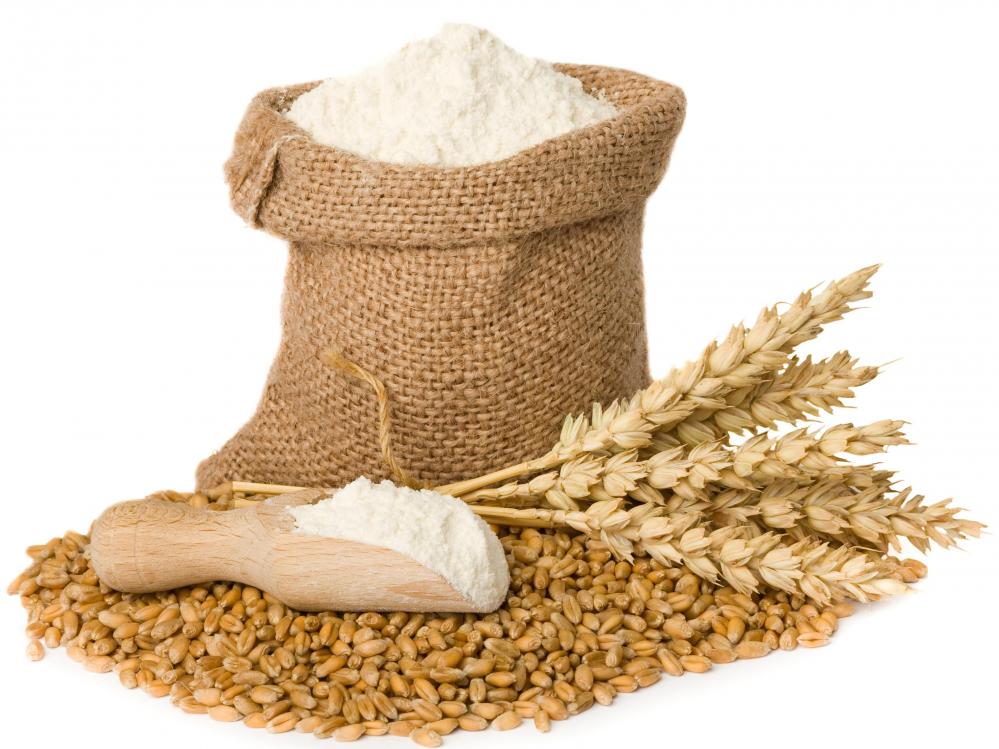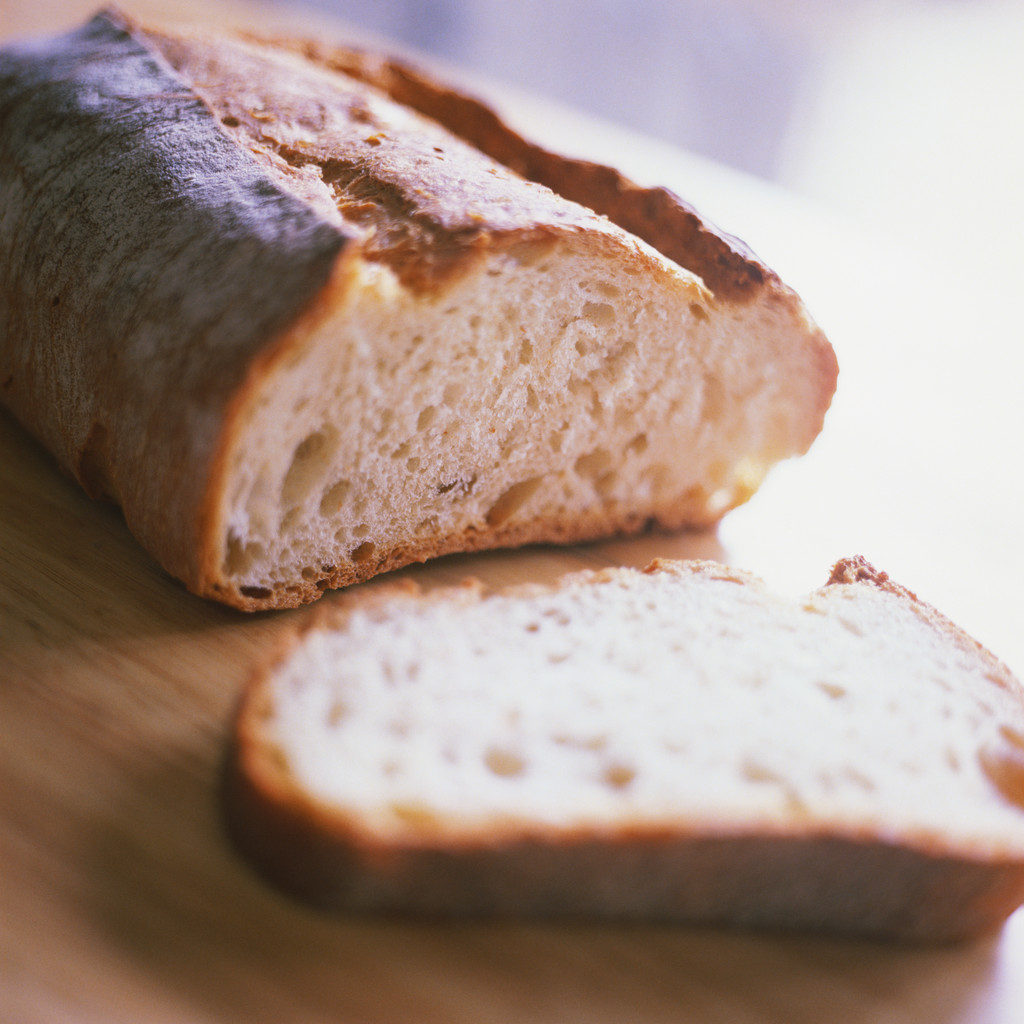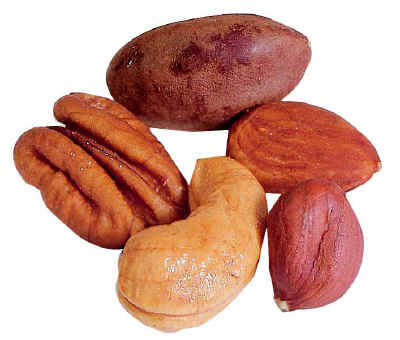Have you ever noticed a food product that lists “flour” as the first ingredient? Does it matter to you?
It should. After all, would you buy a food product that listed “liquid” as a main ingredient when it could mean cow’s milk, almond beverage, beef broth, water, or cottonseed oil? Being less specific is simply unacceptable.
One needs to know that ‘flour’ is simply a word that means a grain, bean or nut that has been ground into a fine powder. Here are some of the considerations regarding different “flours” from a practical and nutritional perspective.
Grain flours include those that are glutinous—like wheat, barley, rye, spelt and kamut—as well as those that are gluten-free: oats, corn, rice, millet, quinoa teff, amaranth. Ask anyone who’s allergic or intolerant to gluten and they will tell you how important it is for them to know exactly which flour is in the product. Grain flours are carbohydrate-based, and come in various forms. For instance, there’s Rice Flour—which you need to know means WHITE (polished) rice, and there’s Brown Rice flour (contains the bran, offering more fiber).
Legumes: Even if you don’t feel poorly eating glutinous grains, you need to know that legume flours are a higher source of PROTEIN than grain flours. Some common legume flours found in health food stores include garbanzo bean (chickpea), green pea and lentil flours. Most of them are a natural blend of carbohydrate, protein and fats, so they are more appropriate than grain flours for those with blood sugar concerns.
Nut flours have very little carbohydrate, an appreciable amount of protein, and LOTS of fat. Take coconut flour, almond flour and tiger nuts flour. They tend to create more texture than grain flours, so beware of this. However, they are currently very popular with individuals eating a ketogenic diet because most of their calories in nuts are from fat, which is how those ‘doing keto’ get the majority of their calories. Watch for labels that say “peanut-free” if you are concerned about cross-contamination of nut flours, and obviously, stay away from them like the plague if you or someone in your household is allergic to nuts!
Then there are seed flours, or seed ‘meal’ made from hempseed, flaxseed and chia seed. These are not typically used as a main ingredient but as a supplementary one to boost fiber content, for example. Important: because they are significant sources of polyunsaturated fatty acids like omega-3 and omega-6, these seed flours should NOT be used in baking as they are very prone to spoilage from heat. This same fact makes them vulnerable to oxidation by air exposure, shortening their shelf-life dramatically if not kept in a tightly sealed (vaccum-packed) container and in the freezer when not in use. Consuming rancid oils is not only unpleasant to the taste buds, but it’s also toxic to your body—so don’t be tempted to bake with these seed flours. It’s a bad idea.
Baking: Will it Turn Out?
I am not a baker or a chef by trade, but can tell you from experience that the differences in composition among the various flours makes for differences in baking results. For instance, one cannot expect a cake made using coconut flour to rise without the help of leavening agents. Lots of extra fat will be needed to prevent a crumbling effect of nut flour products. In the case of bean and grain flours, you may need to add more water or use a reduced quantity of the flour as they can absorb too much of the fluid, leaving you with a dry, hard product.
You can see now that there are both practical and nutritional considerations when choosing a flour for your recipe. Here are some recipes for you. Happy baking!



